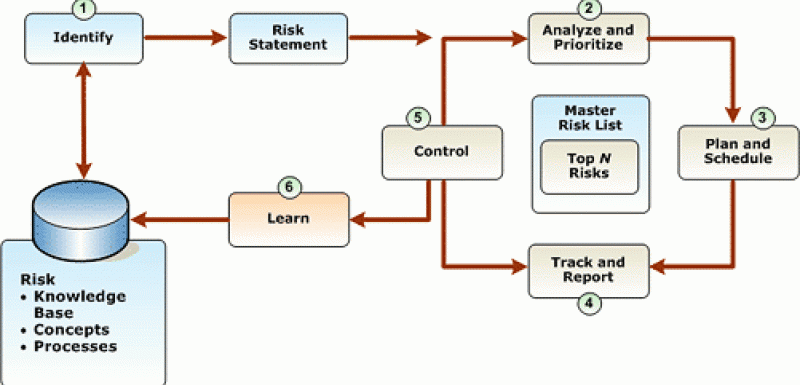Risk Management Processes for Investment Funds: 8 must Nots to make sure you get it Right

A Risk Management Process (RMP) is meant to describe exactly what types of risks have been identified by a Fund’s governing body and how these risks are being monitored, as well as how the Fund is organized to mitigate the subject risks. However, in real life, a lot of the RMPs prove ineffective. Here are the main reasons why:
- Not enough effort
The RMP is one of the documents that need to be in place prior to getting an approval to launch a UCITS or an Alternative fund. The person who is in charge of drafting the RMP, be it an internal or an external resource, is typically under a lot of stress, which is caused by the need to have a valid document, in place, quickly, and without jeopardizing the fund’s launching schedule. Moreover, at a moment when everybody is full of optimism, the ability to foresee and design an RMP process that covers all future developments calls for incredible levels of foresight and maturity. The pressure for the risk manager is, therefore, rather high; he is tempted to quickly address the issue of producing an RMP form which, in many occasions is based on existing material from past projects, and then to take a note to update this weak, and possibly irrelevant, RMP at some point in the future.
It takes a lot of experience from the risk manager to convince the fund’s stakeholders about the importance of a proper RMP documentation, as well as to develop & implement the right strategy in a short period of time and with limited data .
- Over-engineering
In order to achieve the proper level of engagement, the RMP needs to be practical and easily understandable by executive managers and board members alike, irrespective of their technical expertise.
- Lack of a proper calculation mechanism
The risk calculation mechanism may have been adequately described in the RMP, however, the question is whether the existing risk system is capable of carrying out the needed calculations. In most cases, the use of spreadsheets to overcome existing system limitations is not a good idea.
- The calculation process takes too much time and effort
If the entire calculation process requires too much effort to collect and check all the necessary data,in order to launch the different steps of the calculations and verify their outcome, then it is often a matter of time until one finds out that the process is of no longer use or, worse, it produces erroneous results.
- Raw information is not readily available
A brilliant idea/approach may turn out to being inapplicable, once the risk management function realizes that the information that is needed for this idea to be materialized is not available. For example, the strategy-specific indices that are necessary for applying a certain risk factor model to a hedge fund, or the default probabilities used in a lending fund’s credit risk model, might be missing.
- Lack of engagement during Board meetings
Contrary to compliance issues, which can often be answered by a simple yes or no, risk management should really be part of the thinking that leads to a specific decision. The dissociation between investment and risk management which has been encouraged by regulators is just an artificial mechanism that aims to address some human weaknesses.
- Lack of Board members’ hands-on experience in risk-related projects
Board members can have hands-on involvement with several important activities relevant to risk management, without necessarily interfering with day-to-day responsibilities of fund managers. Such an involvement would increase their accountability and would guarantee their future involvement in similar tasks.
- Insufficient engagement between Board meetings
Impromptu discussions strengthen a Board’s hand on the company’s pulse. In addition, such an approach helps bringing to the proper level issues that may be discerned in the horizon and which the Board should start thinking about, right away.
Read Also

Is the Value-at-Risk methodology applicable to Hedge Funds?

Non bank lending is an activity that has grown dramatically in the last few years. Can these institutions bypass the heavy processes traditionally followed by Banks?


















